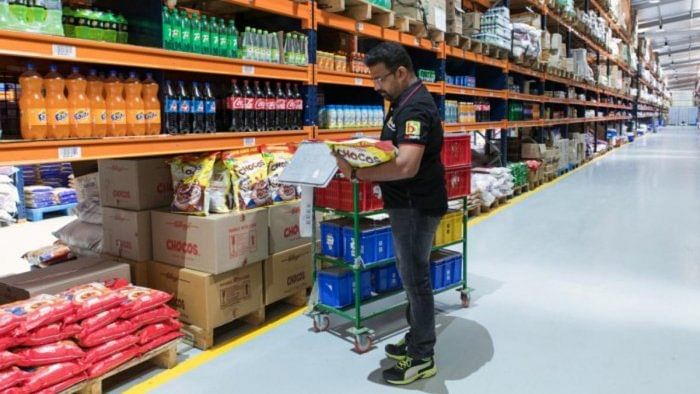
The packaging industry is a colossal income grosser and an even bigger necessity at a global scale as they serve several industries. Reliable statistics indicate the global packaging industry will see unprecedented demand of $1.05 trillion by 2024, growing from a total value of $917 billion in 2019, driven by consumer and industry trends.
With burgeoning online purchases, packaging to protect products during transportation and through distribution, sales, and storage is a continual demand. Sturdy packaging not only protects products from breakage but, if attractive, may also grab consumer attention.
Some common kinds of product packaging include cartons, boxes, bottles, cans, bags, wrappers, envelopes, etc.
There are also some specialised forms such as pharma, plastics, and anti-corrosive and flexible packaging that are specific to certain industry demands and goods.
Indian packaging industry
As a high-growth sector, the packaging industry is expanding at a 22-25 per cent rate annually.
This is also because we’re now a preferred hub, costing about 40 per cent cheaper than several parts of Europe. Growing annually at 51 per cent, our e-commerce revenue is nearly the highest in the world and also drives the growing demand for corrugated boxes and cartons. This rigid packaging category makes up 80 per cent of the total packaging market.
In F&B packaging, there is been a movement toward sustainability due to growing awareness and subsequent demand. Tamper-proof packaging is gaining ground while, for beverages, rigid plastics and glass make up 70 per cent of the total market.
Top 3 trends
Since awareness is growing around climate change and the fact that consumer goods’ packaging is chiefly responsible for pollution, sustainable packaging is easily the primary trend to influence the future of this industry. Packaging that reduces carbon footprint through the use of eco-friendly material, a green supply chain, and reusable, recyclable, or compostable will thrive. Other than during production, even the material’s lifecycle as reusable or compostable will reduce wastage and pollution.
Personalised packaging that leverages individualism will be another key clutter-breaking trend. With the help of design and technology, personalised packaging will become a tool of the company’s marketing efforts, who’ll view packaging as an essential part of their business model, second only to the product. Be it emotional engaging packaging that tells consumers a story or vintage designs, such packages are distinct because of their individuality. Some brands also allow client names or photographs to be added to their packages, for an extra layer of customisation - these ideas will drive growth.
Most importantly, practicality in packaging will also play a crucial role. If the product packages are convenient to hold and carry, they’ll be loved by companies and consumers alike. Therefore, even established brands are investing in portable packaging such as the ones tailored for cyclists to carry easily on the handlebar of cycles. As such innovative packaging will be a hit going forward.
The packaging industry is huge and its future is bright. And these trends are what will drive its growth higher than the sky.
(The writer is the head of marketing at Bikano)